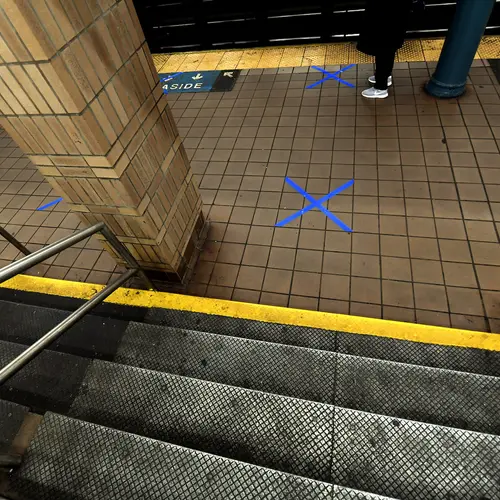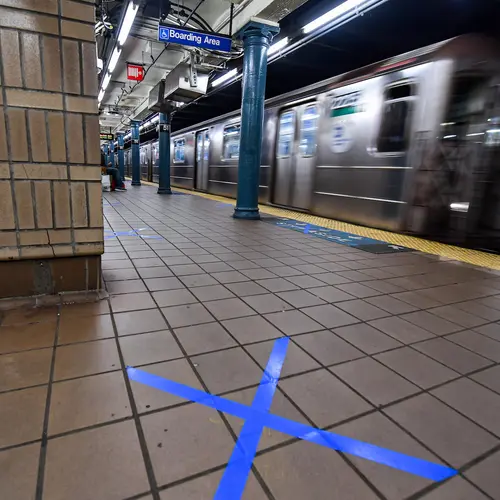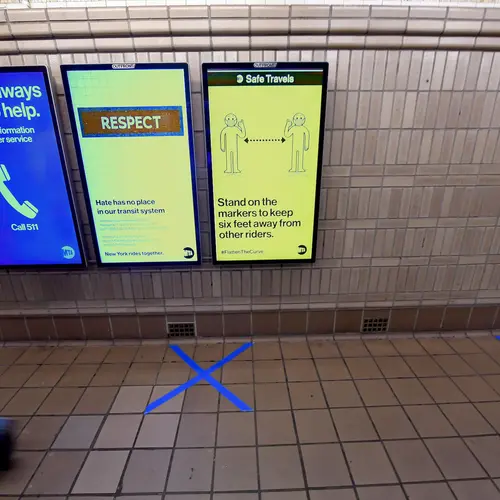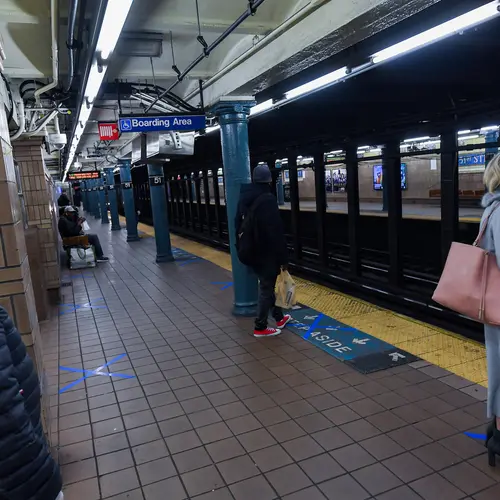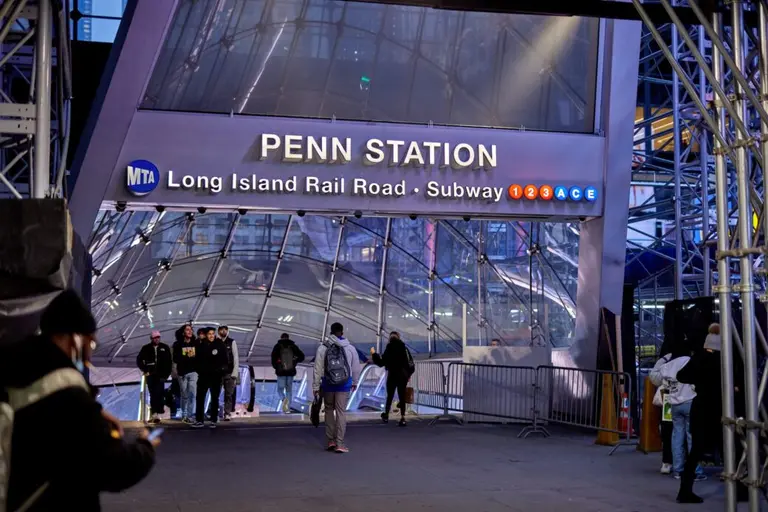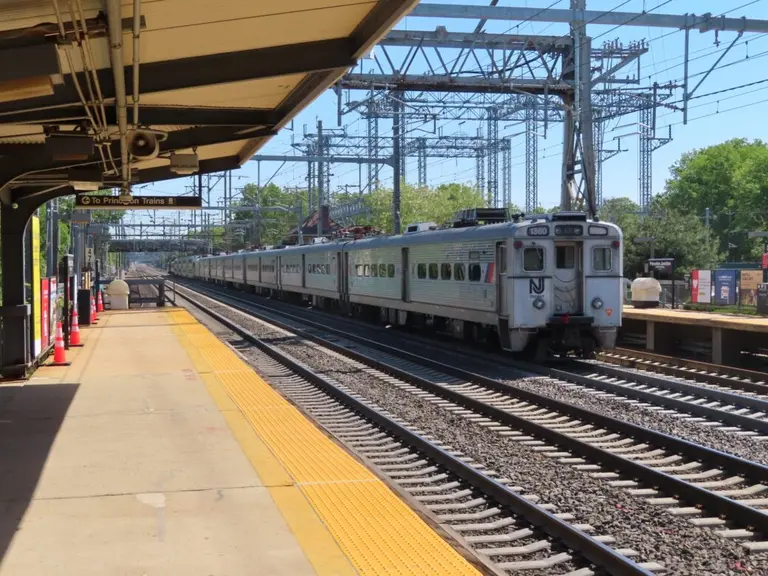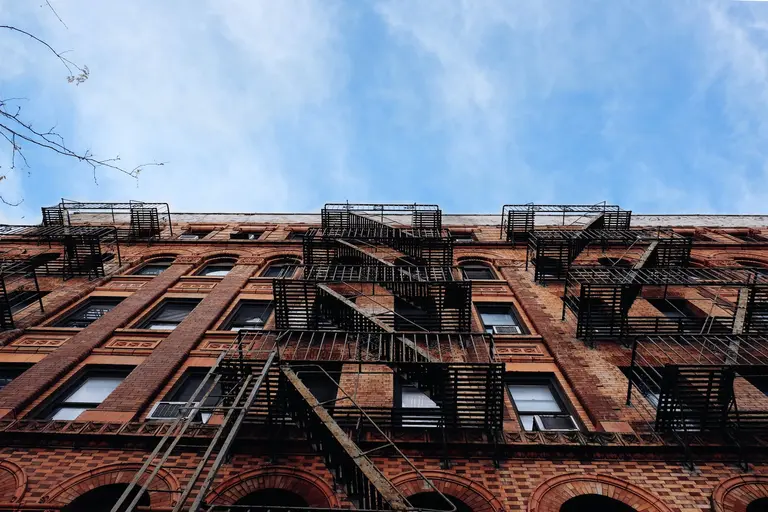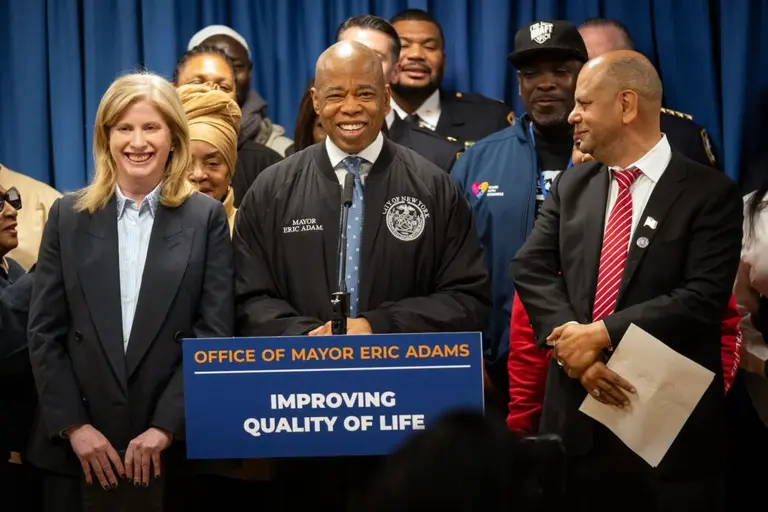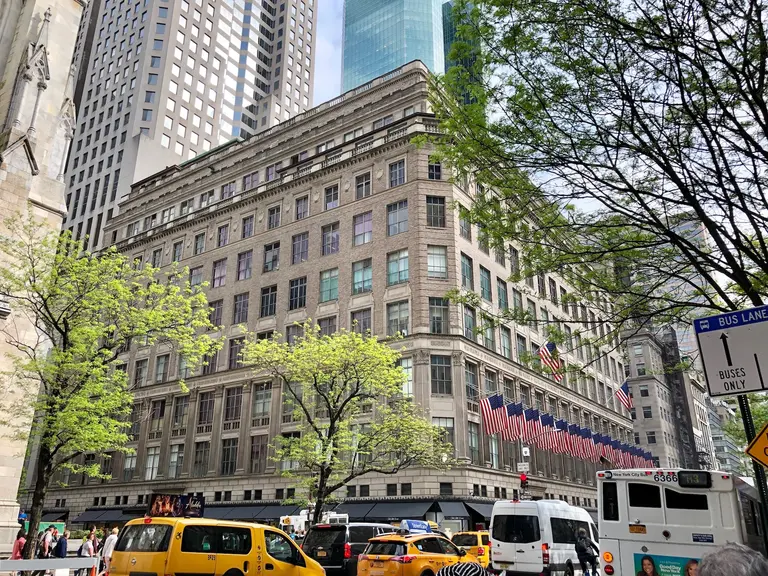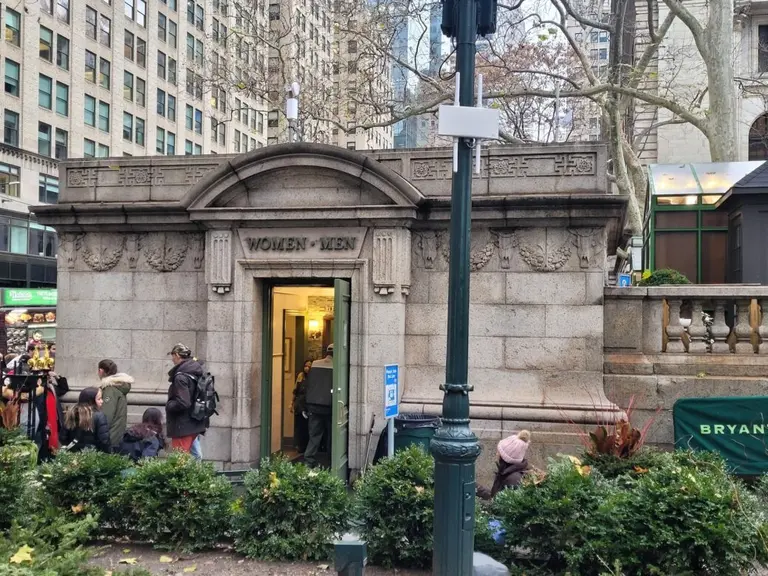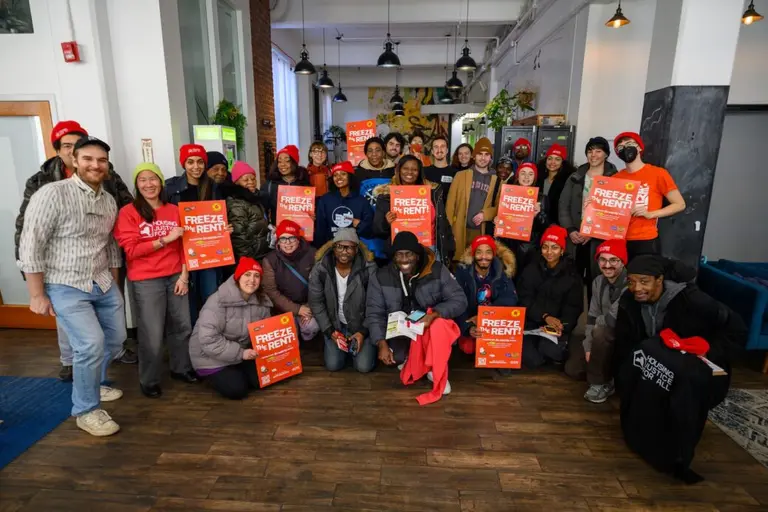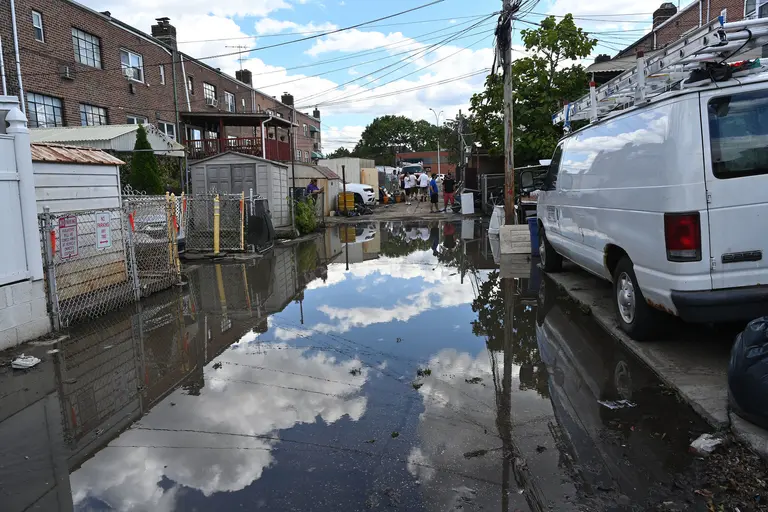MTA adds social distancing markers, considers reservation system for subway and bus
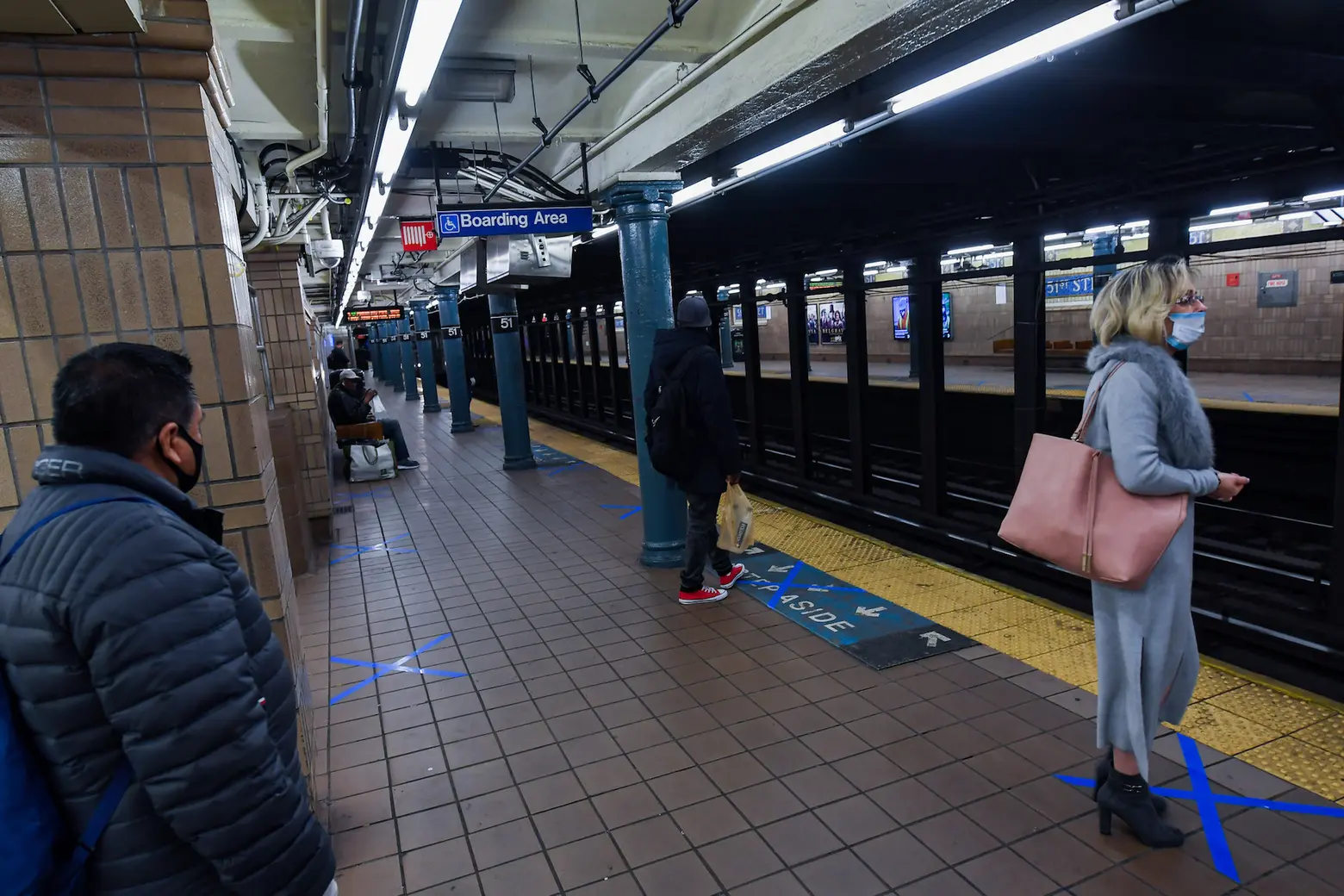
Photo: Marc A. Hermann / MTA New York City Transit on Flickr
The Metropolitan Transportation Authority last week launched a pilot program to keep commuters socially distanced on subway platforms. The transit authority installed markers on the floors of a few stations on the Upper East Side that encourage straphangers to remain six feet from others to stop the spread of the coronavirus. In addition to new signage, mask requirements, and a vigorous disinfection plan that involves an overnight shutdown of service, the MTA is also considering creating a reservation system for seats on the city’s subways and buses to limit crowds.
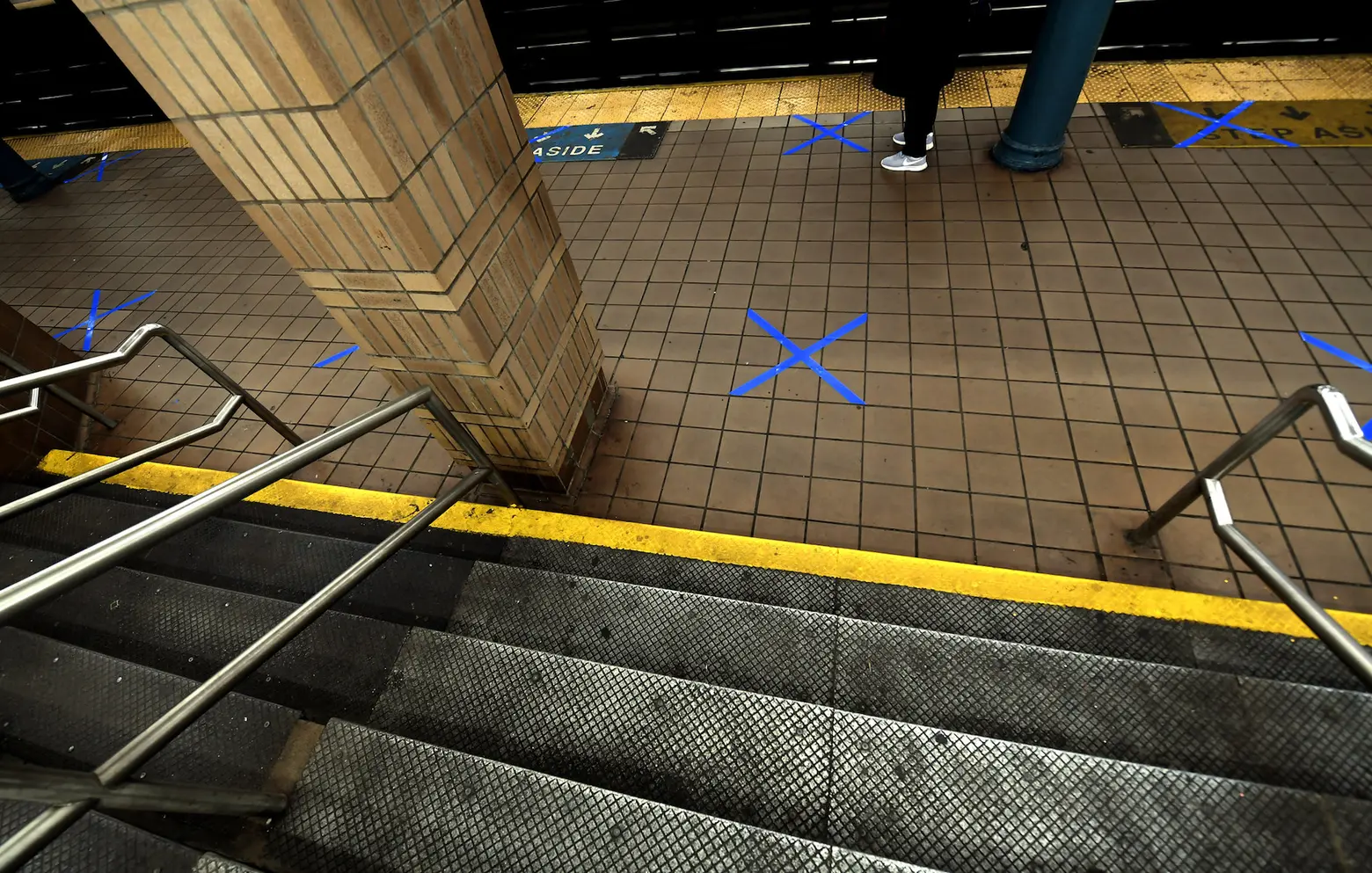
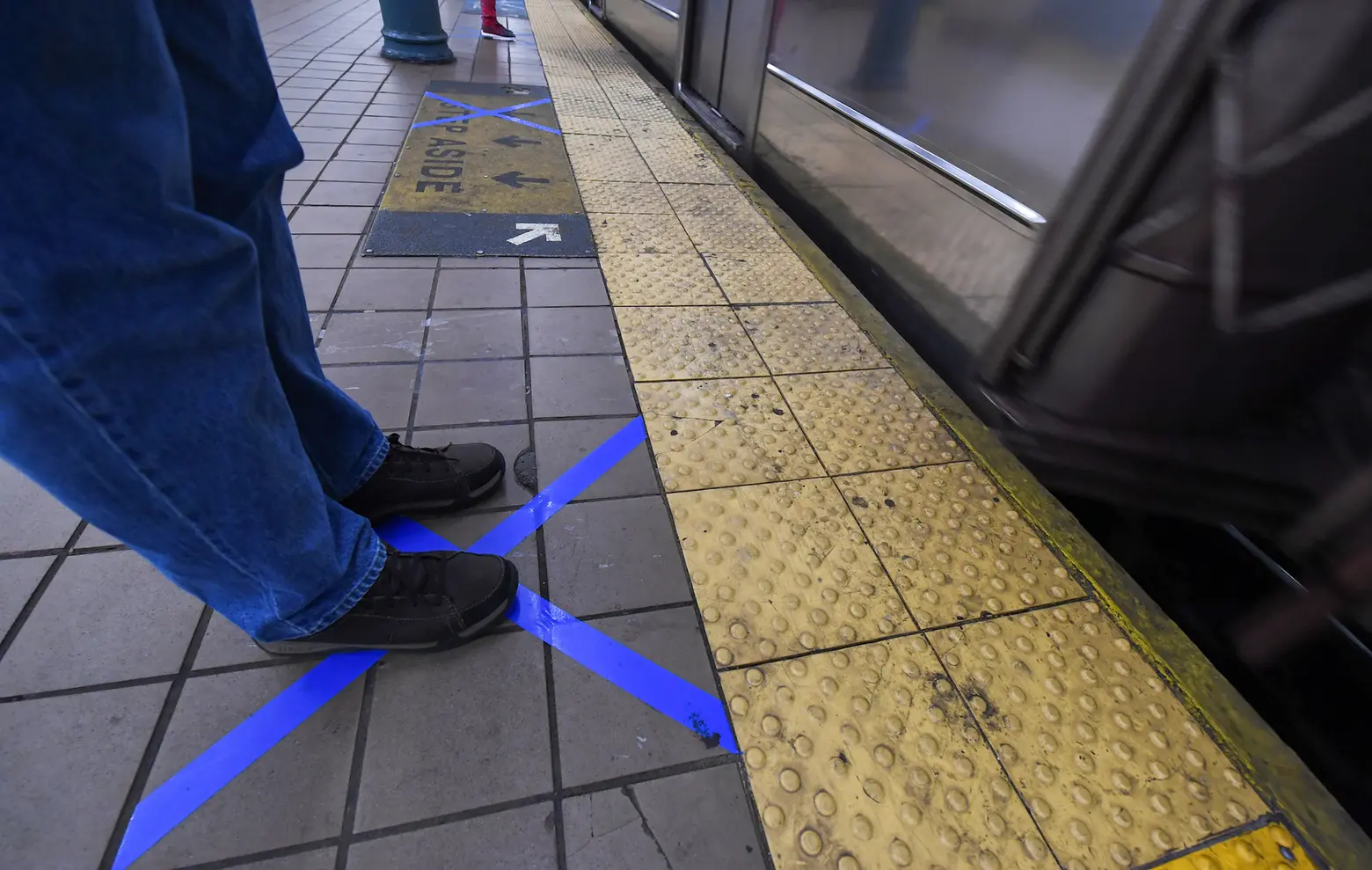
Markers made of blue tape can be found at the 51st Street and Lexington Avenue and 53rd Street and Lexington Avenue stations in Manhattan as part of the pilot program. Abbey Collins, a spokesperson for the MTA, told the Daily News that the markers could soon pop up at stations across the system.
“We’re constantly exploring, implementing and evaluating new solutions to make our system safer for all customers and employees,” Collins told the Daily News. “That will continue to be at the forefront of everything we do as we work to further protect our essential customers, heroic workforce and tomorrow’s riders.”
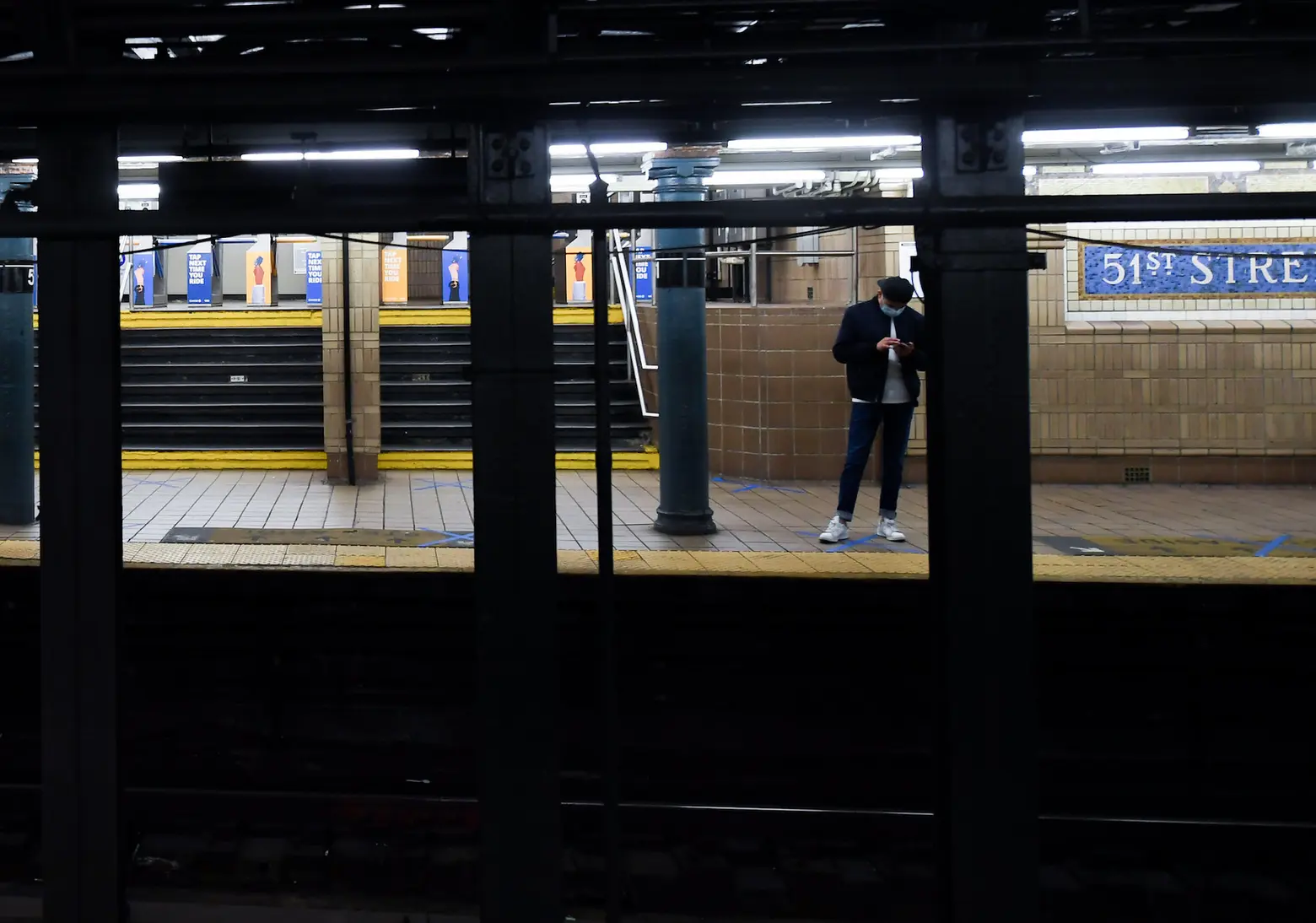
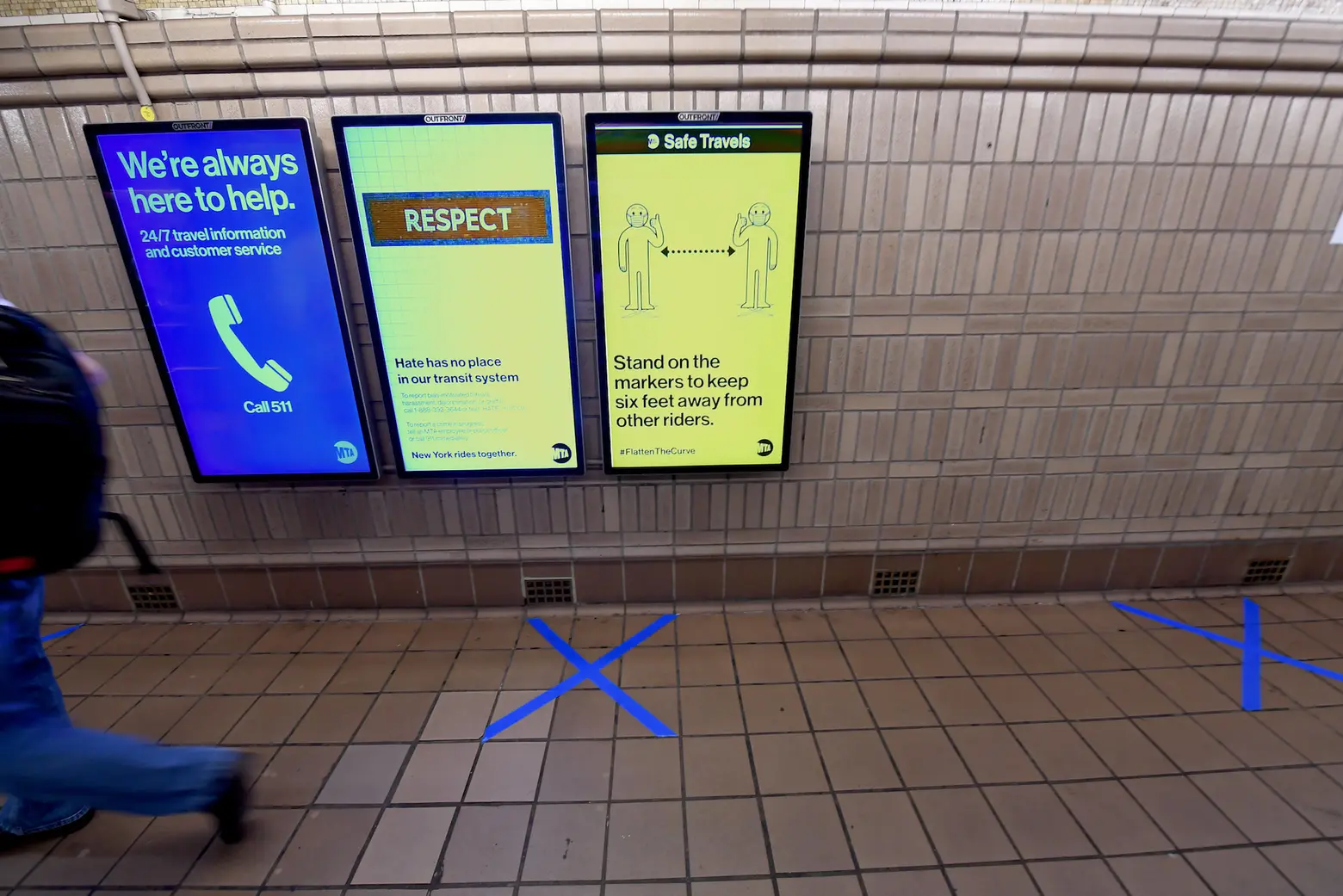
Earlier this month, the MTA shut down overnight subway service for the first time since the system opened 115 years ago. The daily cleanings take place between 1 a.m. and 5 a.m. and involve disinfecting every car, as a way to protect MTA employees and the city’s essential workers who still rely on the subway to get to work.
MTA Chair Pat Foye has said, “everything is on the table” when it comes to reopening the transit system. “The MTA is going to be as critical an agency in the recovery of the New York City and New York City regional economy, which is about 10% of the national economy,” Foye said in an interview on Friday with WCBS 880 AM.
“We’re going to temperature check every one of our employees every day to make sure he or she is fit for duty,” he said. “We’re taking disinfecting to a new level and there are some promising developments and long-lasting anti-virus eradication solutions and applicators, looking at ultraviolet technology as well which works well in hospital and emergency room settings. ”
According to Foye, the MTA has studied what other transit agencies around the world have done to keep commuters safe in response to the pandemic, which includes some type of reservation system. Last week at a panel hosted by Crain’s New York, Foye said an online technology could be used by customers to reserve a seat on the subway and bus.
“Obviously, a reservation system would have all sorts of complications here in New York, given 472 stations and, pre-pandemic, millions of passengers, but I think that a combination of OMNY and Ticketmaster technology may work and in that scenario, customers, at least for some period of time, would be asked to make a reservation,” Foye said, as NY1 reported.
Since the start of the coronavirus pandemic and related statewide closures, subway ridership has dropped more than 90 percent below normal levels and bus ridership is below 80 percent. The MTA increased bus service to serve essential workers, adding 344 buses to the current 235 that run between 1 a.m. and 5 a.m.
For-hire car service will also be offered to employees who are unable to use the bus for their commutes. On Sunday, the agency launched the “essential connector” app to help frontline workers see bus arrivals and departures and/or book an eligible for-hire vehicle. Workers are able to take one free for-hire vehicle per day if the bus would take longer than 80 minutes, requires more than two transfers, and requires a walk of more than half of a mile from a bus stop.
RELATED:
- NYC subway shuts down for first time in history; see the COVID-19 disinfection plan in action
- In response to COVID homeless crisis, MTA bans wheeled carts and enacts one-hour subway limit
- NYC subways will shut down from 1am-5am for nightly cleanings
All photos: Marc A. Hermann / MTA New York City Transit on Flickr
